In a surprising archaeological discovery, five Byzantine gold coins from the reign of Justinian the Great were found in the remains of a 10th-century house in the northern Bulgarian village of Debnevo. The excavation, led by Dr. Stiliyan Ivanov from the National Institute of Archaeology and Museum, has been ongoing for five years near a fifth-century fortress.
The unexpected location of these coins, predating the house by over 400 years, has intrigued researchers. Archaeologists believe that medieval builders likely discovered the coins during construction and kept them as valuable heirlooms. The find not only sheds light on the circulation of ancient currency but also offers insights into the practices of medieval inhabitants in preserving valuable artifacts from earlier eras.
Discovery of Byzantine Gold Coins

The recent excavation in Debnevo, Bulgaria, led to an unexpected find of five Byzantine gold coins dating back to Justinian the Great’s reign. These coins, discovered in a 10th-century house, have sparked interest among archaeologists due to their unusual location and excellent preservation.
The find raises questions about how these coins, minted over 400 years before the house was built, ended up in this location. It provides a unique opportunity to study the circulation and preservation of ancient currency in medieval times, offering insights into the economic and cultural practices of the era.
Significance of Justinian’s Currency
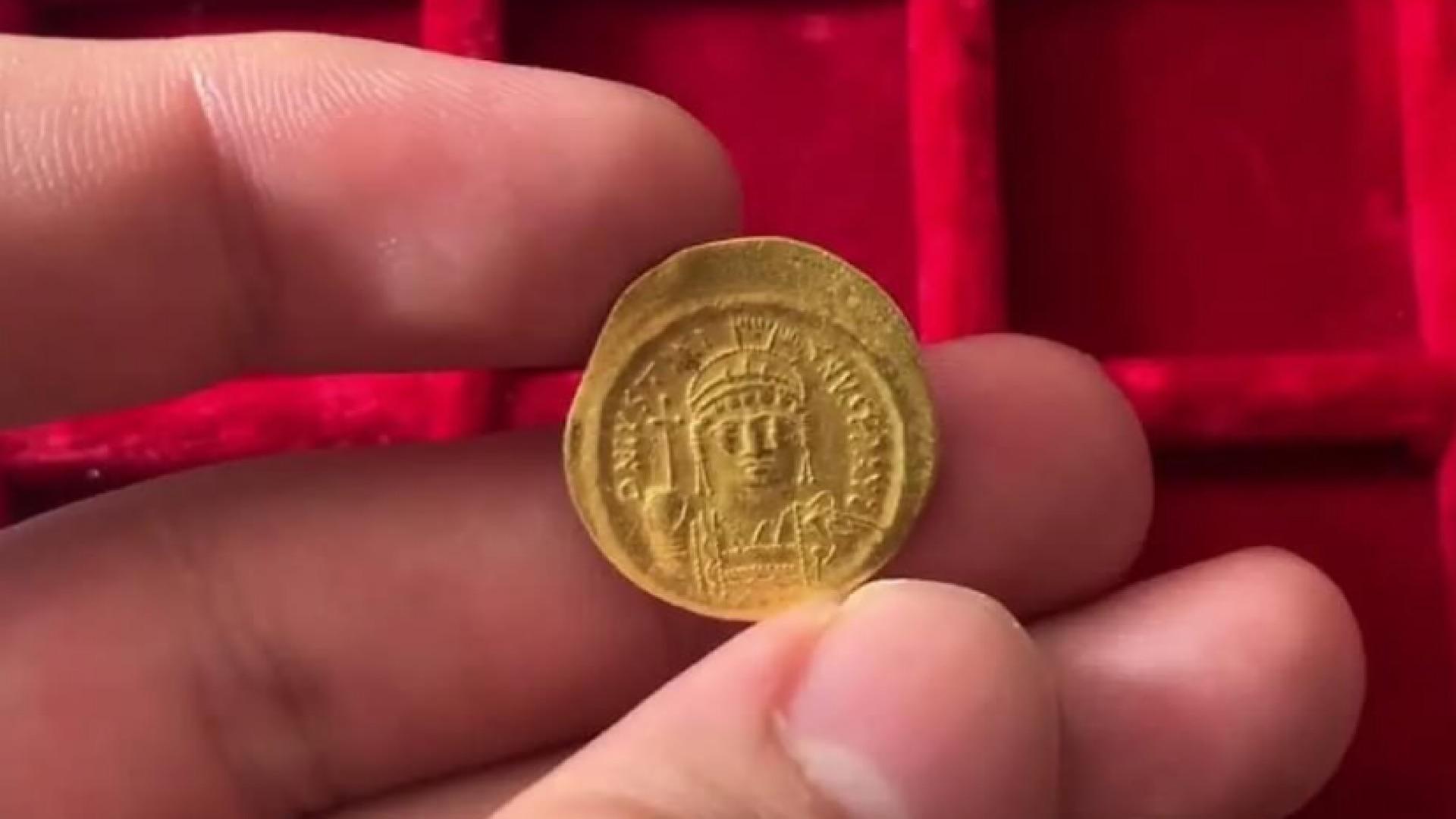
Justinian the Great’s coins, bearing his image and inscriptions, represent more than just currency; they are artifacts of imperial power and economic policy. These coins provide tangible evidence of the Byzantine Empire’s influence and reach during Justinian’s reign from 527 to 565 AD.
The discovery of these coins in a much later context demonstrates their enduring value and significance. It suggests that even centuries after minting, Justinian’s currency retained its worth, possibly as both a financial asset and a historical relic, reflecting the lasting impact of his rule on subsequent generations.
Archaeological Insights from Debnevo
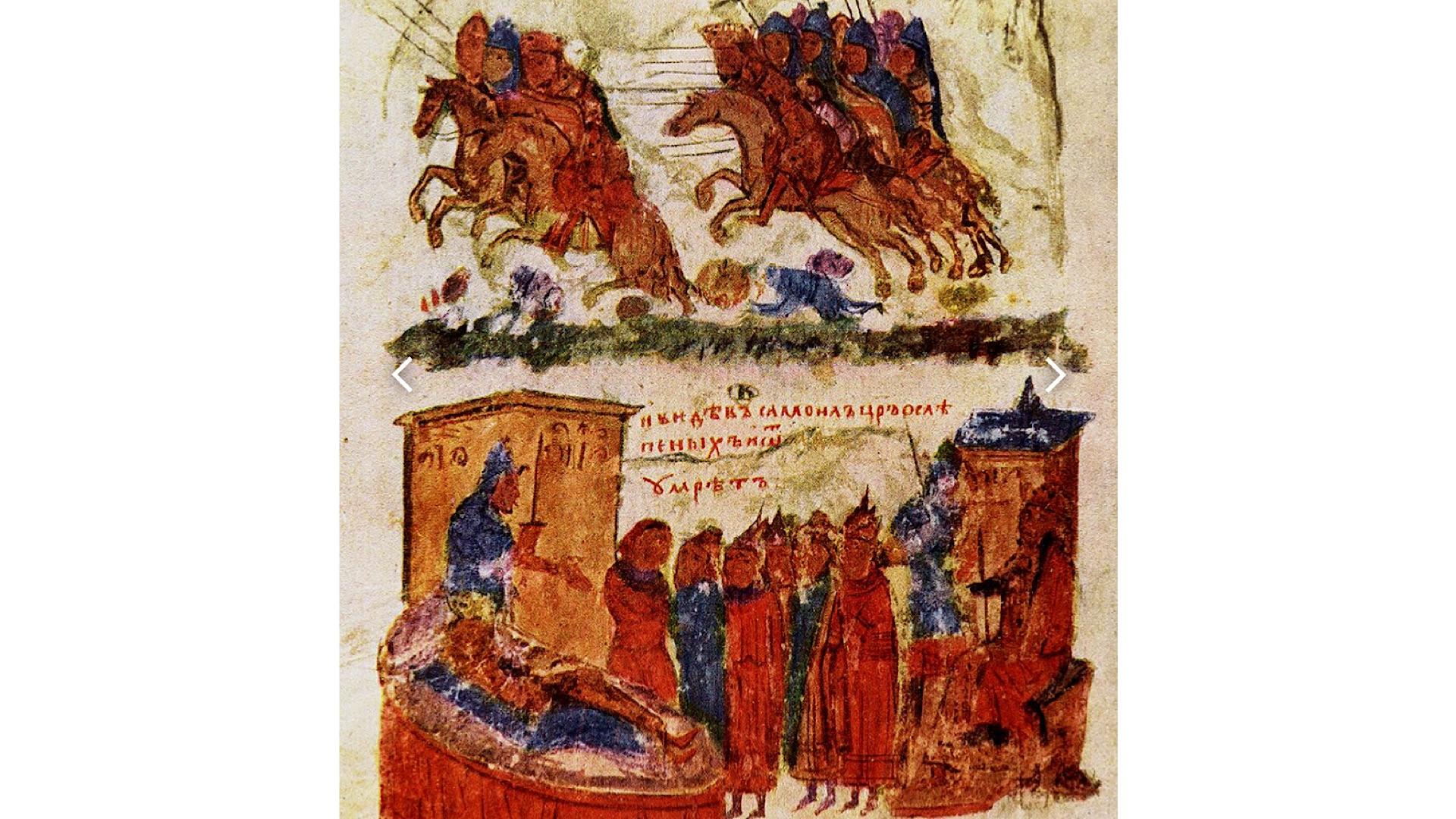
The excavation site in Debnevo, near a fifth-century fortress, has been yielding valuable archaeological information for five years. The discovery of Byzantine coins in a 10th-century context adds a new layer to our understanding of the site’s history and its inhabitants.
This find challenges archaeologists to reconsider the timeline and nature of occupation in the area. It prompts questions about the relationship between the earlier Byzantine period and the later medieval settlement, potentially revealing continuities or changes in local culture and economy over several centuries.
The History of Byzantine Coins
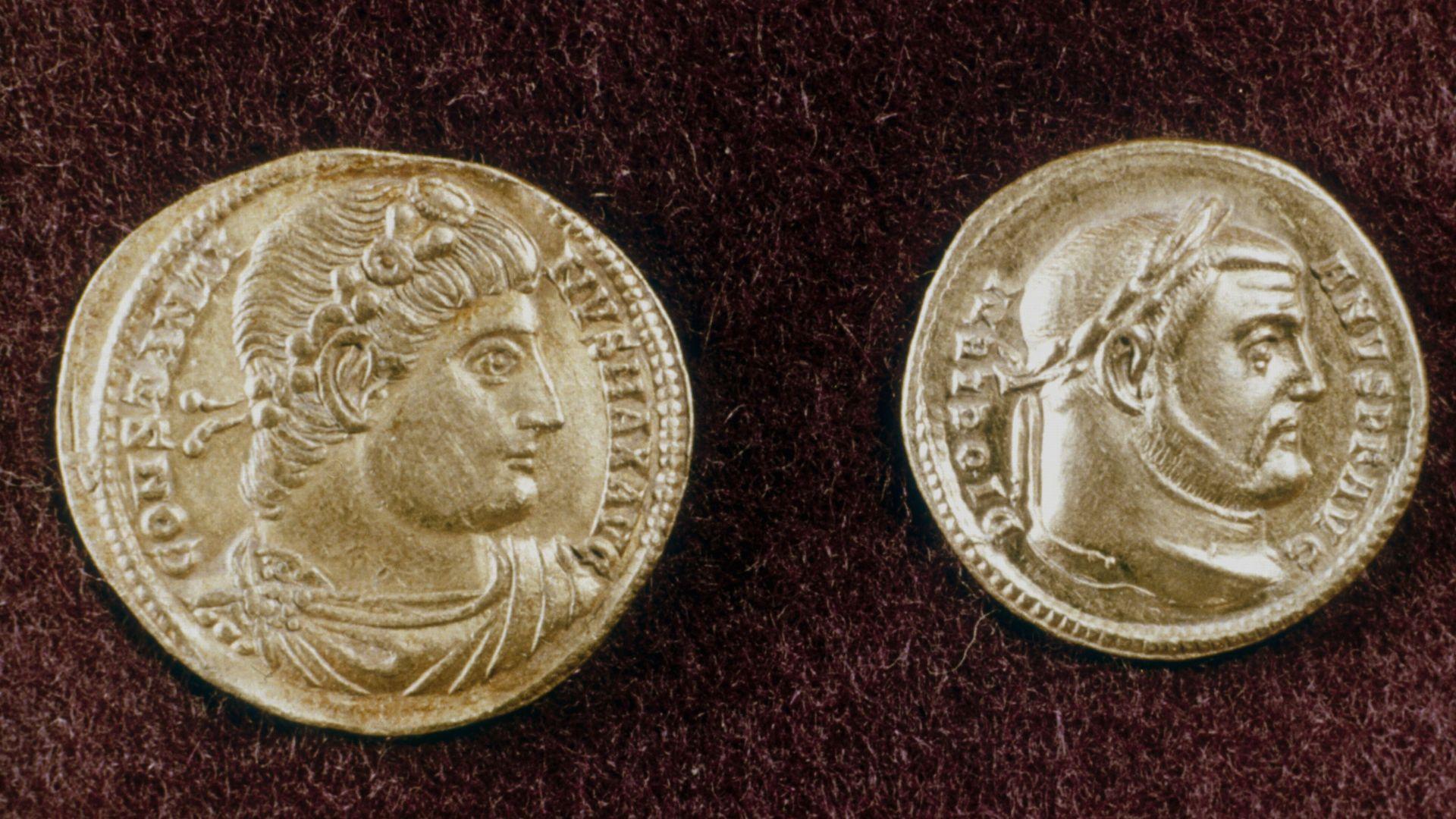
Byzantine coins, like those found in Debnevo, played a crucial role in the empire’s economy and beyond. They were not just a medium of exchange but also a tool for propaganda, featuring imperial portraits and religious symbols that spread Byzantine influence across vast territories.
The study of these coins provides insights into the economic policies, artistic styles, and political messages of different Byzantine emperors. The durability and wide circulation of Byzantine currency made it a standard for international trade, influencing monetary systems far beyond the empire’s borders.
Medieval Heirlooms: Coins as Treasures
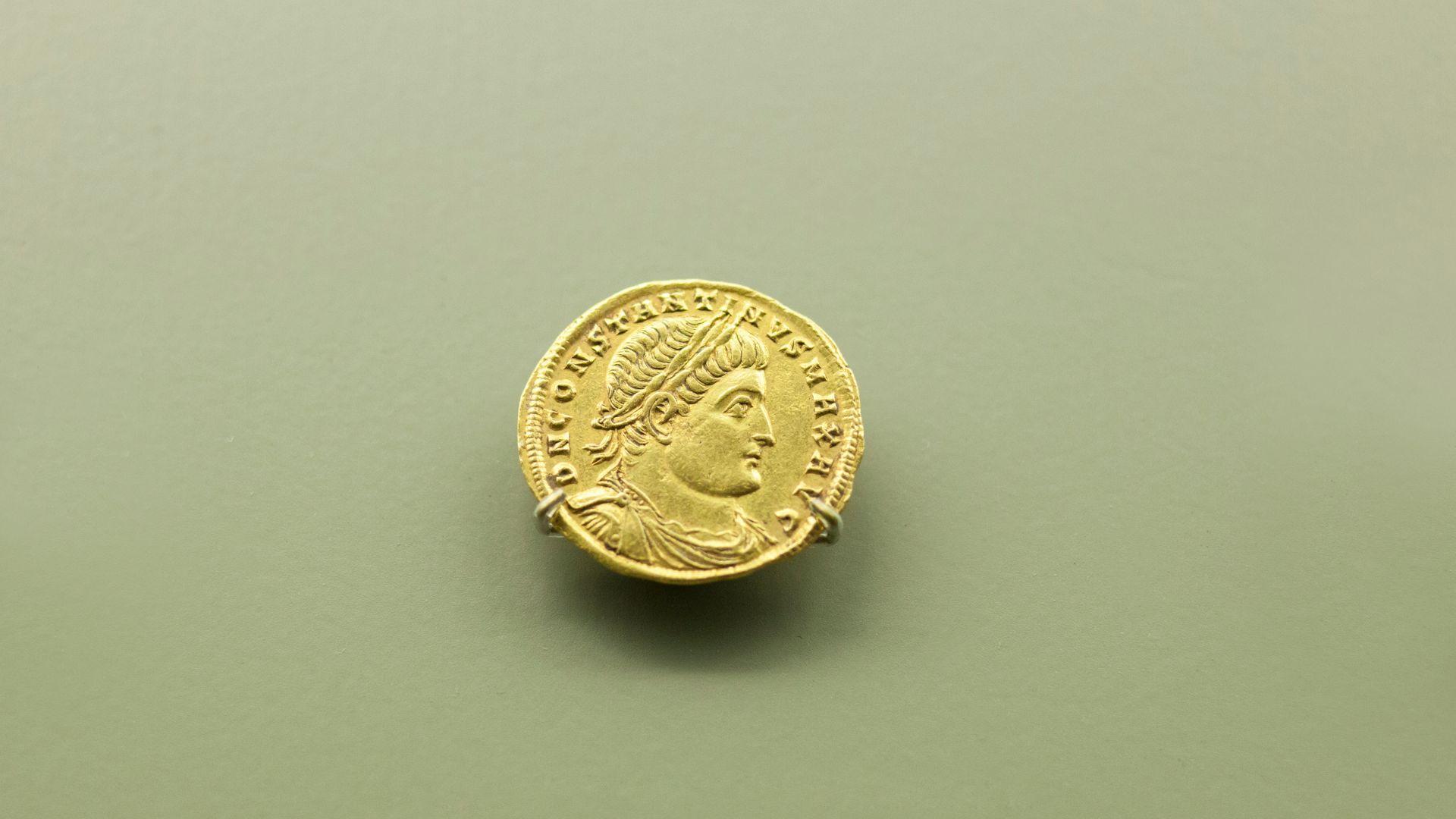
The presence of Justinian’s coins in a 10th-century house suggests they were kept as valuable heirlooms by medieval inhabitants. This practice of preserving ancient coins reflects the medieval understanding of history and value, where objects from the past held both economic and cultural significance.
Such preservation of coins as heirlooms offers a glimpse into medieval attitudes towards wealth, history, and legacy. It demonstrates how ancient artifacts could transcend their original purpose, becoming symbols of prestige or connections to a revered past, and potentially influencing the social status of their owners.
Excavation Techniques in Bulgaria
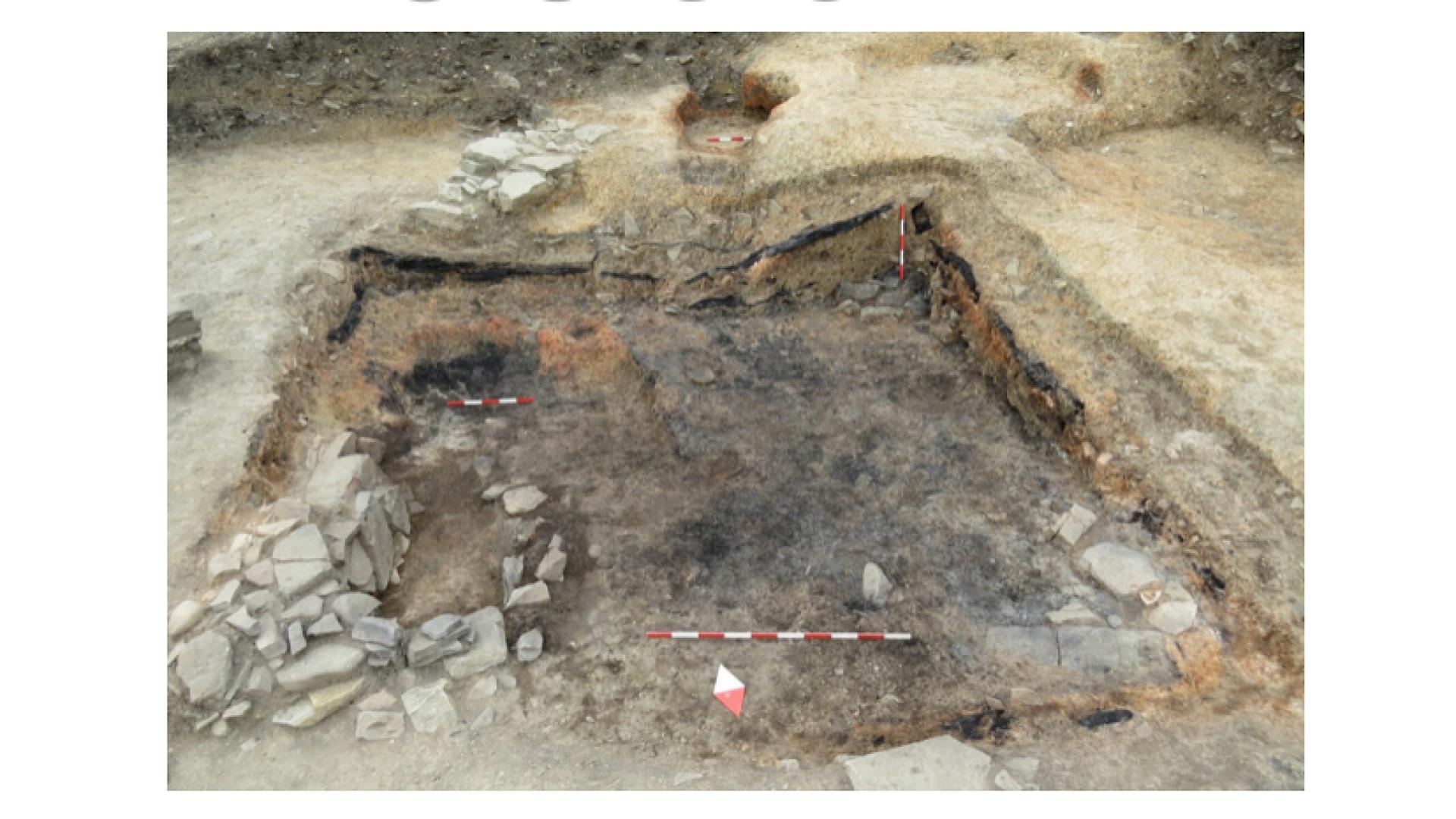
Archaeological excavations in Bulgaria, like the one in Debnevo, employ a range of modern techniques to unearth and preserve historical artifacts. These methods include careful stratigraphic excavation, detailed documentation, and the use of advanced technologies such as ground-penetrating radar and 3D modeling.
The discovery of the Byzantine coins highlights the importance of meticulous excavation practices. It demonstrates how seemingly unrelated finds can provide crucial context and unexpected insights, emphasizing the need for thorough and patient archaeological approaches even in well-studied areas.
The Life of Justinian the Great

Justinian the Great, whose image adorns the discovered coins, was one of the most influential Byzantine emperors. His reign from 527 to 565 AD was marked by significant legal reforms, ambitious building projects like the Hagia Sophia, and attempts to reconquer former Roman territories.
The coins bearing Justinian’s likeness serve as tangible links to his era, offering insights into how he presented himself to his subjects and the wider world. They reflect the emperor’s efforts to legitimize his rule and project imperial power through widely circulated currency.
Coin Discoveries: A Global Perspective
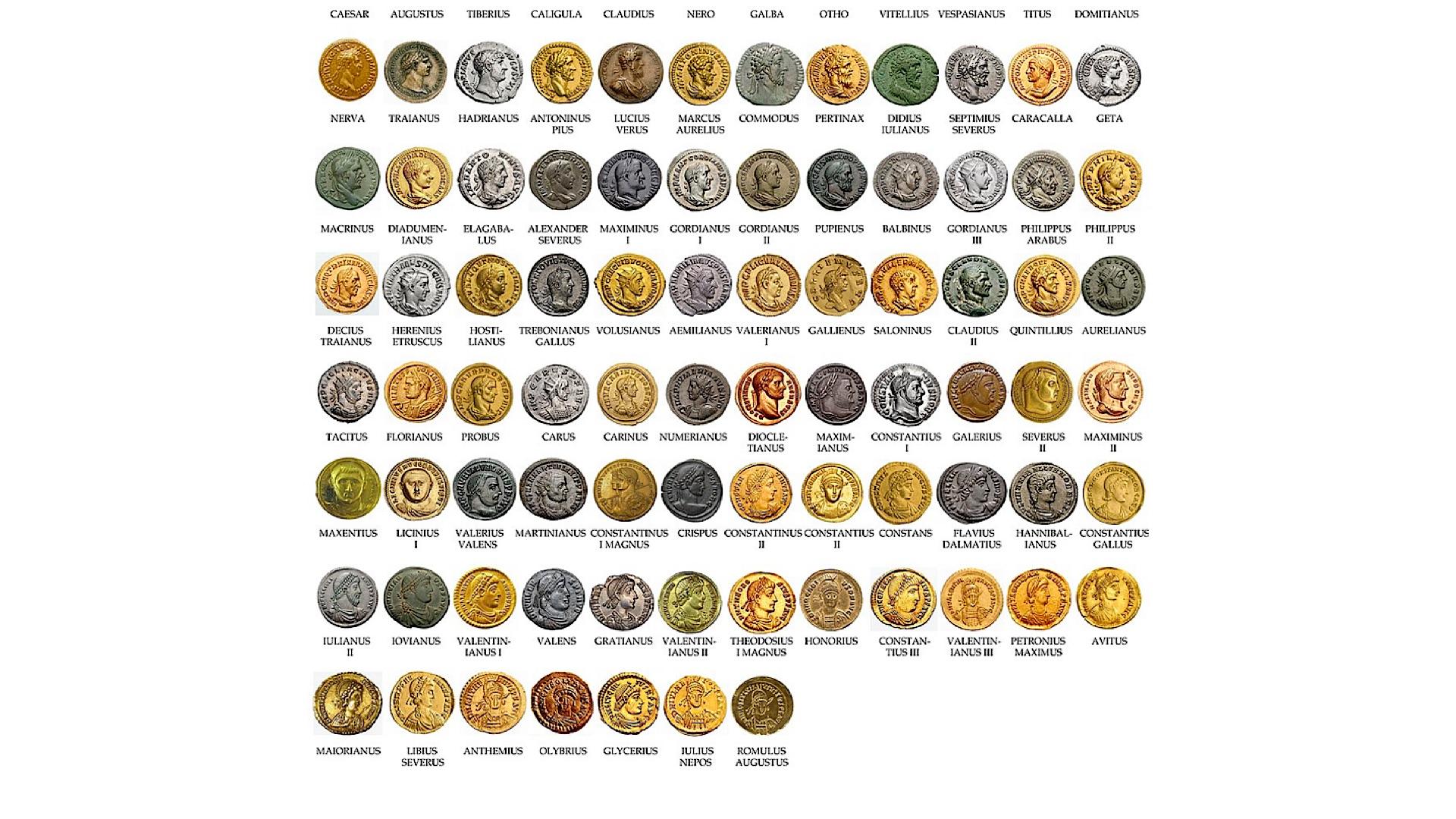
The Debnevo find is part of a broader pattern of coin discoveries around the world. Recent examples include ancient Greek coins found in Turkey and medieval silver coins unearthed in the Czech Republic, each offering unique insights into their respective historical periods.
These global discoveries demonstrate the universal importance of coinage in human societies and the wealth of information that can be gleaned from numismatic finds. They highlight how coins serve as valuable historical documents, providing evidence of trade networks, political systems, and artistic trends across different cultures and time periods.
Artifacts Found Alongside the Coins
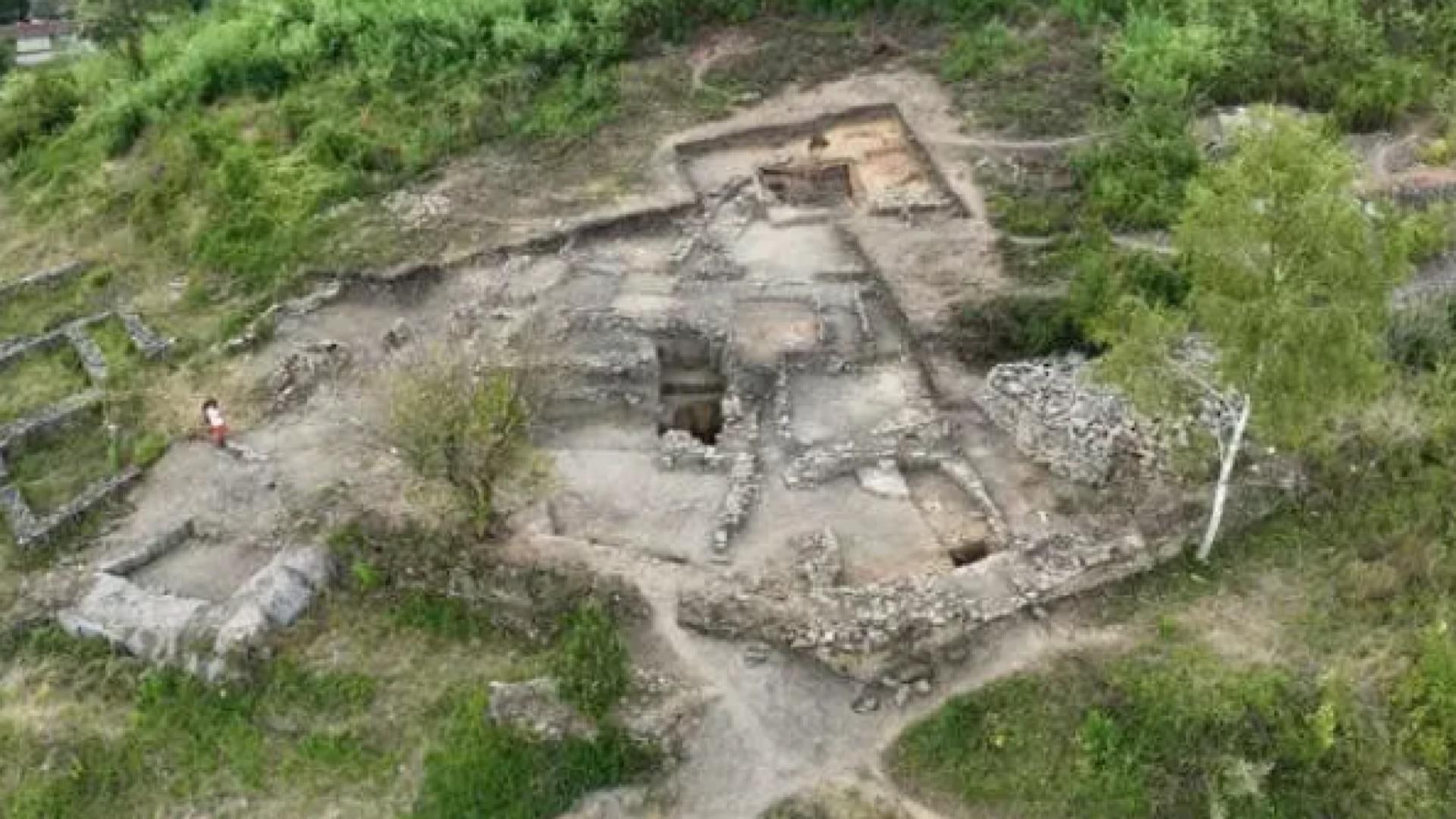
While the Byzantine coins are the highlight of the Debnevo excavation, other artifacts found at the site provide a more comprehensive picture of life in medieval Bulgaria. These include everyday tools like axes and sickles, ceramic vessels, and bronze rings.
The combination of valuable coins with common household items offers a nuanced view of the economic and social life of the settlement’s inhabitants. It allows archaeologists to reconstruct aspects of daily life, trade practices, and social hierarchies in the medieval Bulgarian village, providing a context for understanding the significance of the coin hoard within the broader community.

